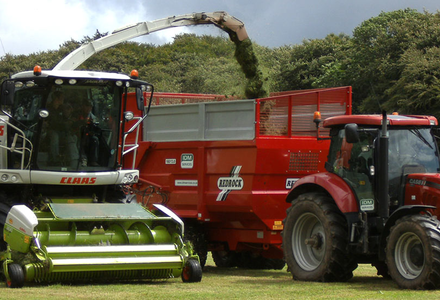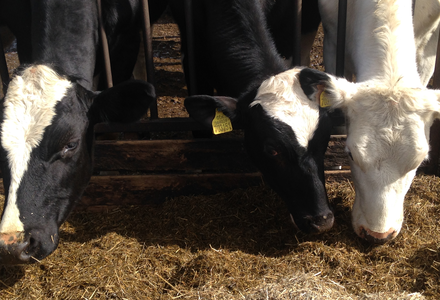Silage effluent
How much effluent can I expect?
The amount of effluent produced is dependent mainly on the dry matter of the crop and ensiling. If grass is ensiled at above 25% DM effluent production will be negligible.
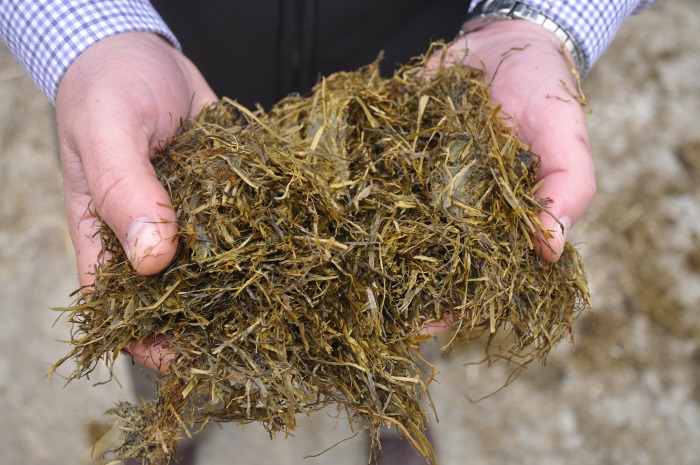
Effluent production is very uneven, about 50% of the total being produced in the first week. The maximum daily effluent production is about 10% of the total produced.
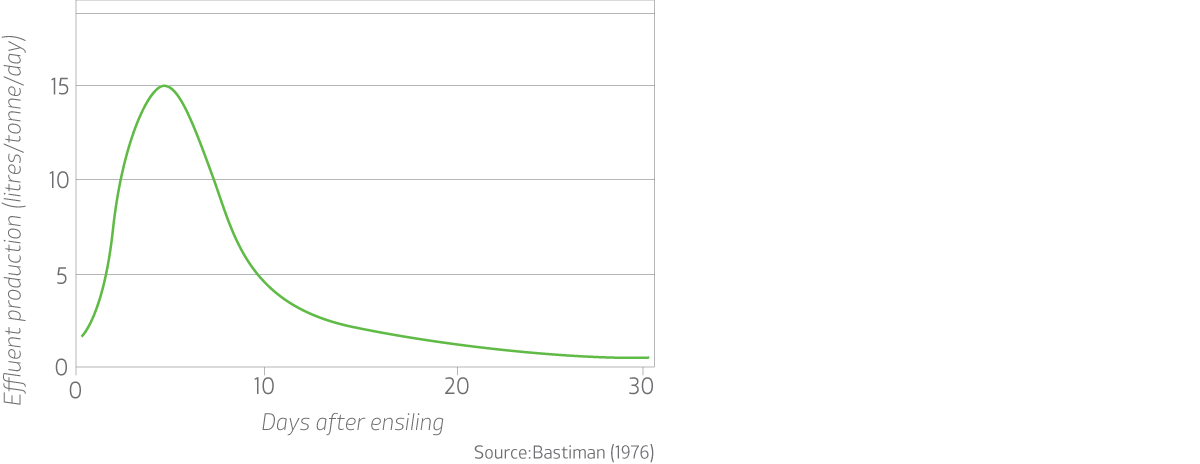
What factors affect effluent production?
- Dry matter or stage of growth of the crop
- Rain/heavy dew on the crop
- Chop length – more cut ends release more effluent
- Acid additives cause increased effluent
- Enzyme additives have been associated with increased effluent
- High clamps increase hydraulic pressure
- Heavy rolling increases effluent with wet crops
- Aerobic activity in the clamp produces water
Why is reducing silage effluent so important?
- The wetter the silage, the more effluent you will need to store.
- Silage effluent represents a loss of readily available nutrients.
- Typically it has a DM of 6%, an ME of 12.5 MJ/kgDM and a CP of about 19% DM.
- Silage effluent is the most corrosive effluent produced on farm.
- It is also the most polluting being 200 times worse than raw sewage.
How can I reduce effluent?
Wilting is the most effective method – above 30% DM there should be almost no effluent.
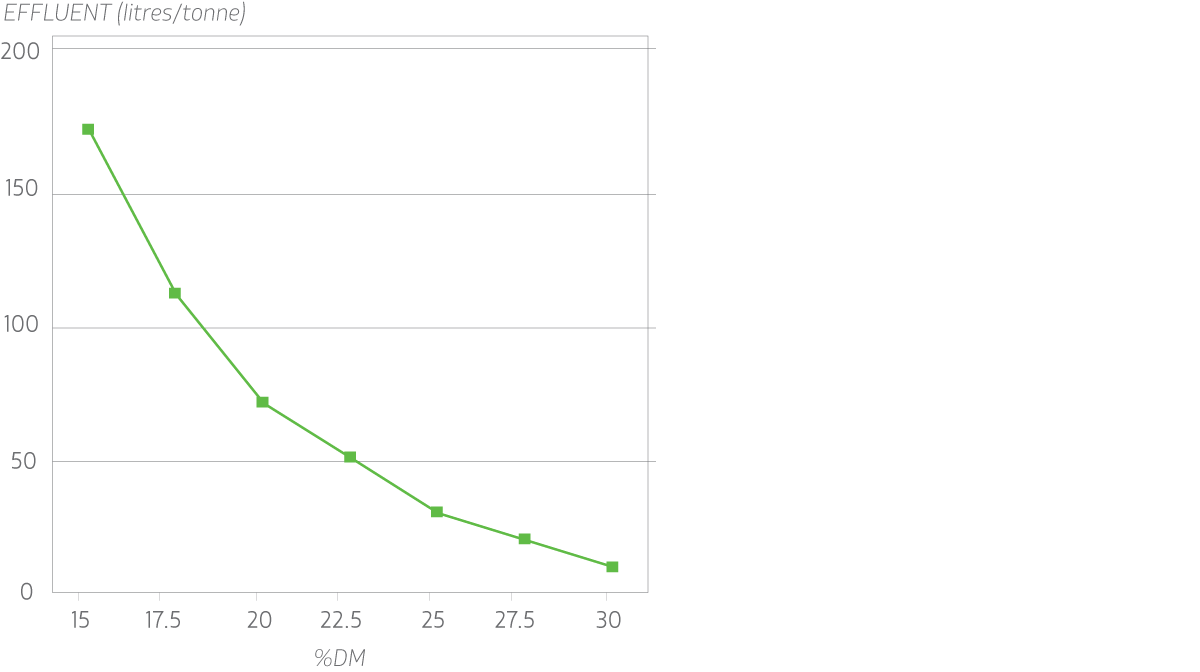 What are my options for disposing of silage effluent?
What are my options for disposing of silage effluent?
Silage effluent has a significant value as a fertiliser. It can be spread on land but should be diluted 1:1 with water, especially in dry weather, otherwise there is a risk of leaf scorch. Make sure it is only applied to land with no risk of run off entering open drains or watercourses.
Fresh silage effluent can be fed and can be stored for up to one year if formalin is added as a preservative at a rate of 3 litres per 1,000 litres effluent.
Are there any health risks associated with silage effluent?
It can be mixed with slurry in open air slurry stores but this combination results in the production of toxic hydrogen sulphide gas which is lethal in small doses, so never mix them in an enclosed tank or within a building.
